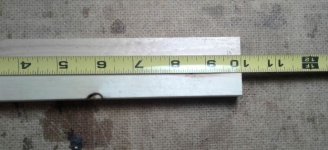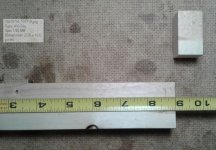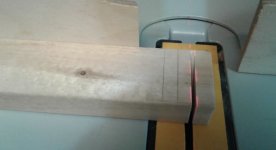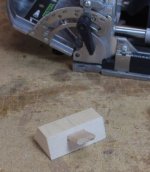Mini Me said:
Coen said:
Yes, I'm sure that smaller particles of the same density are easier caught by airflow than bigger particles. [wink]
I'm glad you are sure.
[member=58818]Mini Me[/member]
I see Coen did not want to react while I think it is worth it for posterity. Please, do excuse my "arrogance" if any felt.
What Coen wrote is based on Newtonian physics - specifically aerodynamics coupled with laws on momentum/acceleration.
This is not really "high school stuff", that would be unfair. Would generally be a first year stuff at a uni physics course. So no rocket science, but also not something that can be expected to be casually known.
As the statement is based on generally-known laws of nature, there was, in theory, no need to "prove it". I disagree here. Though. This is no physics fans forum. Nor is meant to be.
-----
So, the argument goes along:
A particle of a certain density/materials:
- will have its momentum (proportional to weight) increase with the 3rd power of its diameter, the same as its volume
=> translates to: 2x the size => 8x the momentum
- will have its air resistance (aka how much it is affected by the air flow to the vac) increase with the 2ns power of its diamenter
=> translates to: 2x the size => 4x the air resistance
In other words, the ratio of the "force" pushing a particle to not-go-to-the-vac (aka its momentum) to the "force" pushing it to change-course-into-the-vac (its air resistance) is favoring the heavier particles to "win" and the smaller ones to lose.
The bigger particles momentum is high relative to the "wind" force so they have much bigger chance to "win" their freedom while the smaller particles stand little chance. This holds for any particles with the same density which is the case here. Due to this, the general rule of thumb is that "what catches the biggies catches also the small ones".
True, there can be pathological cases in complex scenarios where this is not always true - e.g. closing the "hole" on a TS 55 will cause more bigger ones be caught while the "secondary intake" which normally takes the small ones which escaped initially is lost, making the situation worse there.
Though a mitter saw does not have any such "multiple" exit points with only a narrow channel for dust complexity like a tracksaw has. So, for a physicist, just looking at the geometry, it is clear the general rule will hold here.





